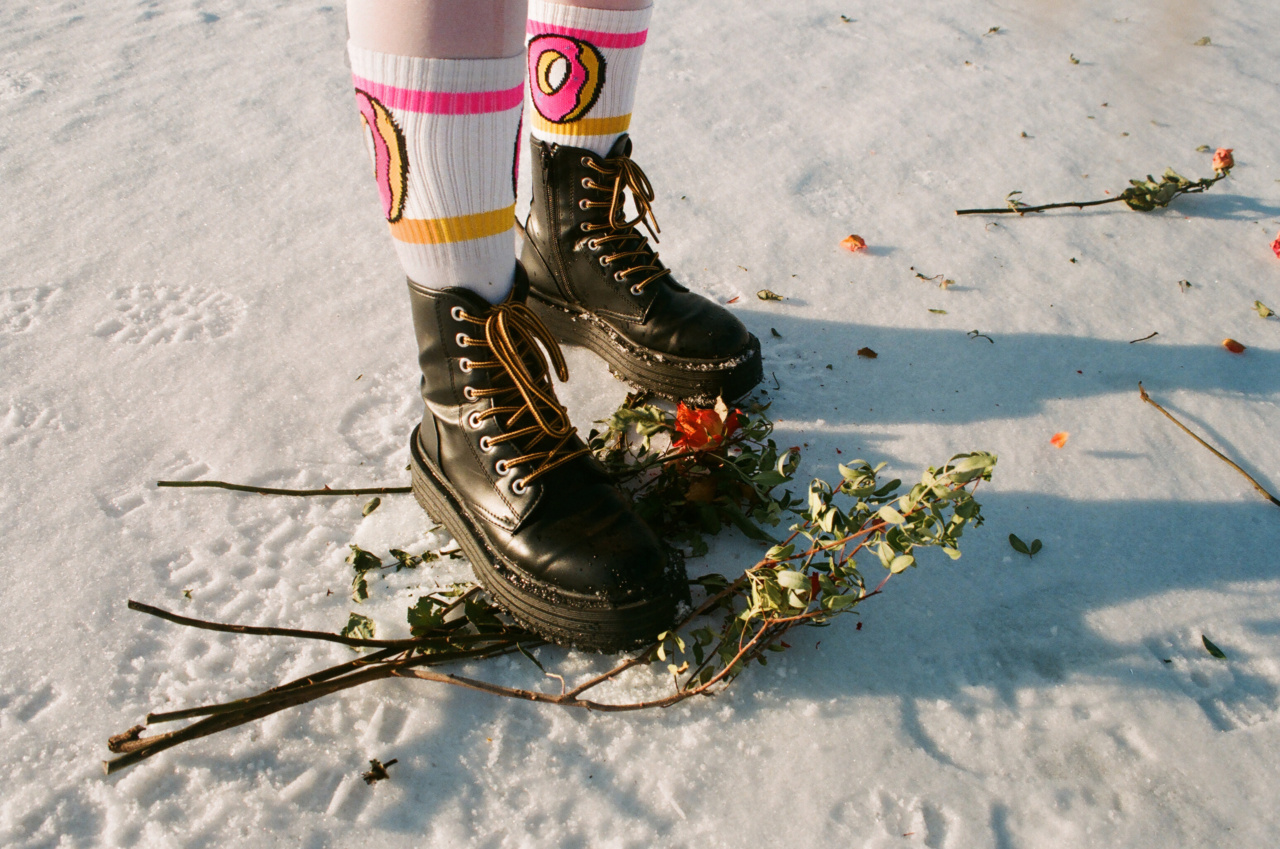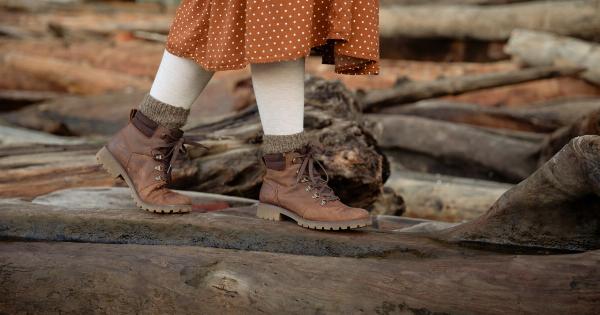Winter is a season that brings joy and excitement to many, with its cozy nights, holiday festivities, and the charm of glistening snowflakes.
However, along with the winter wonderland, there are also some challenges that we have to face, and one of them is the constant battle of keeping our feet warm and dry. Damp socks, in particular, can be a dreaded enemy during winters, posing a multitude of discomforts and health risks. In this article, we will explore the reasons why damp socks are your worst enemy during winters.
1. Cold Feet
The most evident consequence of wearing damp socks during winters is cold feet. When our socks get wet, either due to snow, rain, or excessive perspiration, the moisture clings to our skin, making it difficult for our feet to stay warm.
This can lead to discomfort and even frostbite in extreme cases.
2. Increased Risk of Infections
Damp and cold environments create a breeding ground for bacteria and fungi. When our socks remain damp for extended periods, these microorganisms thrive and can lead to various infections such as athlete’s foot and fungal nail infections.
These infections can be especially troublesome during winters when our immune system is already more vulnerable due to the cold weather.
3. Unpleasant Odors
Damp socks not only affect our comfort and health but also contribute to unpleasant odors. The combination of moisture and bacterial growth creates a perfect storm for foot odor.
The foul smell can be embarrassing and difficult to get rid of, causing social discomfort and self-consciousness.
4. Skin Irritation and Rashes
Prolonged contact with moisture can cause skin irritation and rashes. The constant dampness can strip away the natural oils from our skin, leading to dryness, flakiness, and itching.
In some cases, this can escalate to more severe conditions such as eczema or dermatitis.
5. Reduced Circulation
When our feet are constantly surrounded by moisture, it can hinder proper blood circulation. Damp socks constrict blood vessels and prevent adequate blood flow to our feet, making them feel numb, tingly, and uncomfortable.
Poor circulation also delays the body’s ability to heal wounds or minor injuries.
6. Difficulty in Retaining Heat
Damp socks act as conductors for cold rather than insulators. They allow heat to escape from our feet more rapidly, leaving us feeling cold despite wearing multiple layers of warm clothing.
This phenomenon can be particularly problematic for individuals with poor circulation or those who spend long hours outdoors during winters.
7. Increased Chances of Slips and Falls
Wet and damp socks can be treacherous when walking on slippery surfaces during winters. They decrease traction and increase the chances of slips and falls.
Ice and snow-covered paths become even riskier with damp socks, posing a threat to both our physical well-being and overall safety.
8. Negative Impact on Overall Mood
Our physical comfort and well-being significantly influence our mood and mental state. Cold and damp feet can make us feel irritable, frustrated, and generally unhappy.
As winter months are already associated with seasonal affective disorder (SAD) and lowered mood, the constant discomfort caused by damp socks can exacerbate these feelings.
9. Lowered Productivity and Focus
When we are constantly preoccupied with discomfort and cold feet, our productivity and focus tend to suffer. It becomes challenging to concentrate on tasks at hand or perform optimally, affecting both our personal and professional lives.
By keeping our feet dry and comfortable, we can maintain a higher level of productivity even during the coldest winters.
10. Prevention Tips
To protect ourselves from the perils of damp socks during winters, there are several prevention measures we can adopt:.
- Invest in Quality Waterproof Footwear: Choose winter boots or shoes that are designed to withstand wet and snowy conditions. Look for those with waterproof materials and good traction to keep your feet dry and safe.
- Wear Moisture-Wicking Socks: Opt for socks made from moisture-wicking materials such as merino wool or synthetic blends. These socks are designed to pull moisture away from the skin, keeping your feet dry and warm.
- Carry Spare Socks: If you know you’ll be exposed to wet conditions, always carry spare socks with you. Changing into dry socks can significantly improve your comfort and reduce the risks associated with dampness.
- Use Foot Powder: Applying foot powder before wearing socks can help absorb excess moisture and keep your feet fresh and dry throughout the day.
- Dry Your Shoes and Socks Properly: After a day out in damp conditions, make sure to thoroughly dry your shoes and socks before using them again. Air-drying or using a dryer on a low heat setting can help eliminate moisture and prevent bacteria growth.
- Consider Waterproofing Products: There are various waterproofing sprays and treatments available in the market that can enhance the water-resistance of your shoes. Regularly applying these products can provide an extra layer of protection against dampness.
- Limit Excessive Perspiration: If you tend to perspire heavily, consider using antiperspirant sprays or powders on your feet to minimize excessive moisture accumulation.
- Pay Attention to Your Feet: Regularly inspect your feet for any signs of skin irritation, infections, or fungal growth. Early detection can prevent further complications and ensure prompt treatment.
- Stay Active: Physical activity promotes blood circulation, which can help keep your feet warm and ward off dampness. Regular exercise, even indoors during winters, can improve overall circulation.
- Seek Medical Advice if Needed: If you experience persistent foot discomfort, pain, or infections despite taking preventive measures, it’s important to consult a medical professional. They can investigate underlying conditions and provide appropriate treatment.
By adopting these preventive measures and breaking free from the grasp of damp socks, we can enjoy the winter season to the fullest, without compromising our comfort and well-being.






























